Professional Resume Templates
Professional Resume Templates exemplify professionalism with clean layouts and clear headings, allowing individuals to highlight achievements effectively, aligning with Harvard’s commitment to excellence in career advancement.
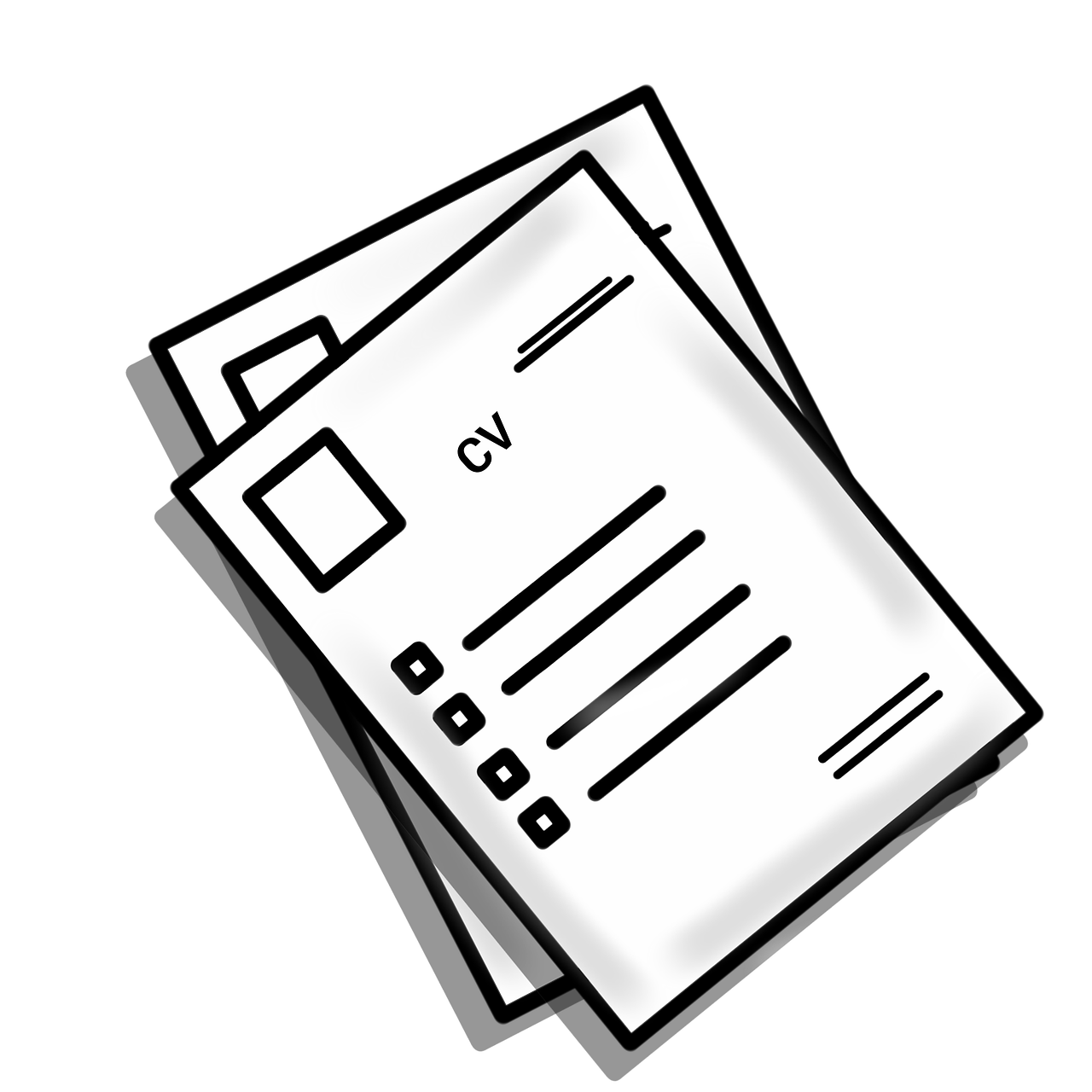
Professional Resume Templates
Job seekers can effectively promote themselves to potential employers by using professional resume templates, which showcase qualifications and experience in an eye-catching and professional manner.
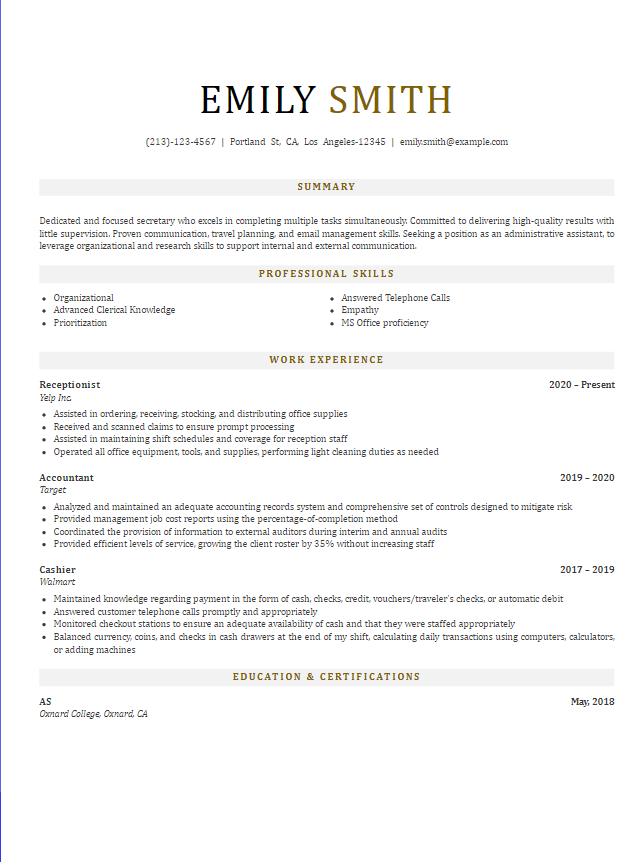
Aquarius
A resume with a great color combination to help you shine while still keeping it formal and professional.
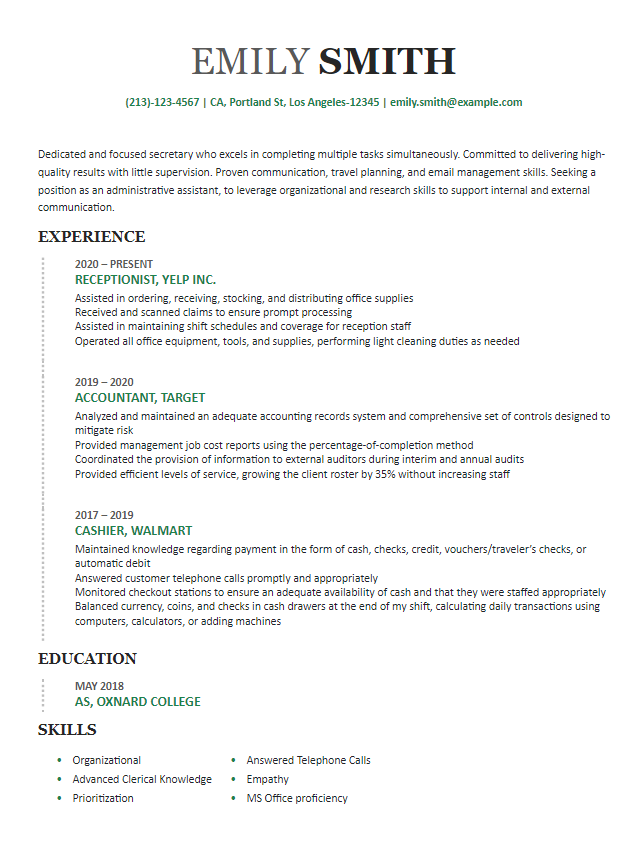
Scorpio
Simple and effective with a little touch of modern looks. Express your self with some bolder brushes while keeping it formal.
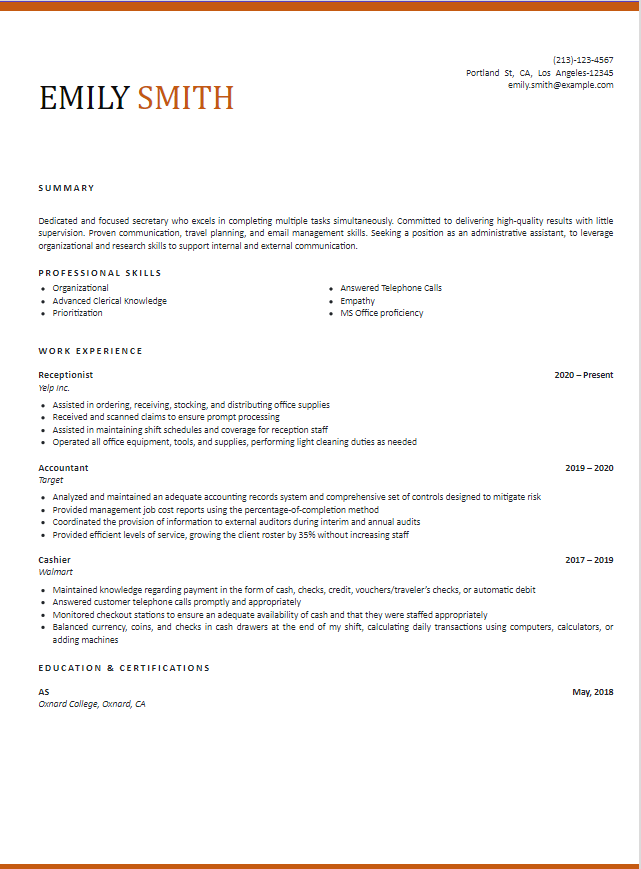
Cancer
Professional with a subtle hint of boldness. Distinguish yourself from the rest and use this to get the employer attention.
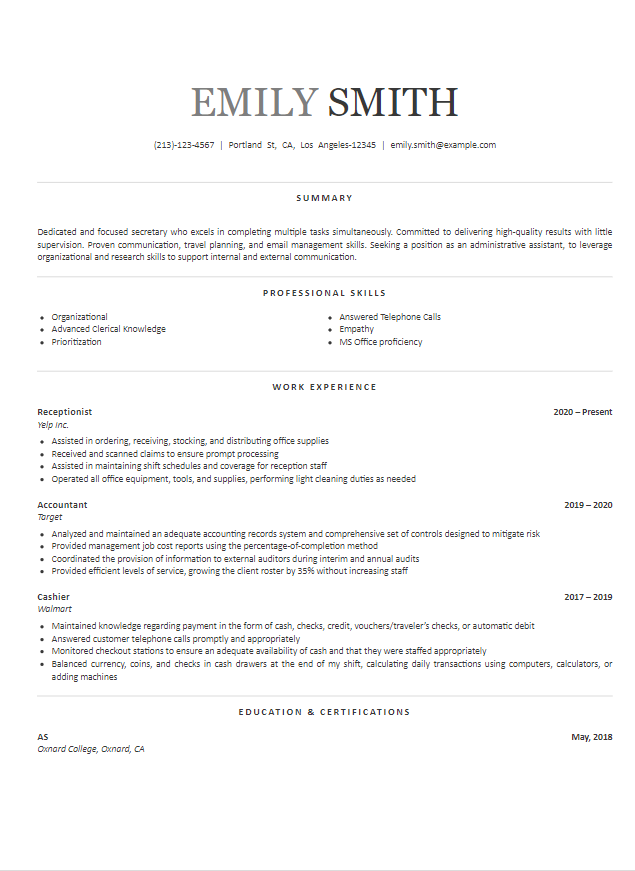
Gemini
A very professional and formal looks. Keep it simple and just let your experience speak for itself.
Characteristics of Professional Resume Templates
Imagine you’re building your resume, you will surely aim for a perfect balance of professionalism and style that can capture your unique qualifications and making the resume eye catchy at the same time. So, here are some key characteristics of top-notch professional resume templates:
Organized Resume: A resume should be easy to navigate, with all the sections clearly laid out to highlight your skills, experience, and education. A professional template ensures that your information is presented in a structured, logical and professional manner.
Maintain Consistency: Your Resume should have font styles that are professional. Do not use fonts like ‘Comic Sans MS‘ or ‘papyrus‘. These fonts are considered whimsical if you are writing a professional document. Instead use fonts like ‘Helvetica’ or ‘Ariel‘ or any other font best suited for professional documentation. Once You choose the right fonts to use in your resume, now it is time for the right sizing and formatting. Remember one thing that you should be consistent throughout in terms of fonts formatting, creating a cohesive and polished look. This consistency makes your resume visually appealing and give it a professional touch.
Embrace White Space: Your resume should have right amount of breathing room, content on resume should not be cluttered. This will enhance the readability and attention to all the details in your professional resume. Professional resume templates use white space strategically to make resume more readable and focus attention.
Customizable Sections: Professional resume template lets you customize various sections on your resume tailored to your needs to showcase your strengths and accomplishments. Whether it’s highlighting your skills or detailing your work experience, a professional template puts you in control.
Modern Touches: Professional resume templates are a blend of subtle design elements like color accents or icons that add a touch of personality without distracting from your content. These templates make your resume more visually engaging and less boring.
Compatibility Matters: ATS are a kind of resume parsing software that are used by employers in sorting out the most relevant resumes from piles of resumes. What matters the most is compatibility of your document with applicant tracking systems (ATS), ensuring your resume can be easily scanned and parsed by automated software used by employers.
Meet the Standards: Professional templates are designed specifically for different industries, each tailored to meet the expectations and standards of that particular sector. These industry-specific templates can help you in targeting your resume effectively for your desired role.
User-Friendly Design: Think of a template that’s intuitive and easy to use, allowing you to create a professional-looking resume even if you’re not a design expert. A user-friendly design streamlines the process and saves you time.
Flexible Formats: Envision templates available in various formats like Microsoft Word, PDF, or Google Docs, giving you the flexibility to choose the format that works best for you. This accessibility ensures compatibility across different devices and software platforms.
Professional Presentation: Above all, picture a resume that exudes professionalism and presents you as a qualified and capable candidate. A professional template sets the tone for your job application, leaving a positive impression on potential employers.
By incorporating these characteristics, professional resume templates empower you to craft a resume that effectively showcases your skills and qualifications while leaving a lasting impression on hiring managers.
How To Use Professional Resume Templates
Step 1
Choose a template for your resume.
Step 2
Fill the Asked Information in Our AI builder
Step 3
Download/ Email the Document Prepared by you.
Tips for Designing Professional Resume
Create an Eye-Catching CV: Your Pass to Getting Dream Jobs
Your CV is more than simply a piece of writing; it’s a condensed, powerful narrative that hiring managers can relate to, representing your personal story. Here’s an updated guide with practical advice to make sure it gets through the tough employment market with effectiveness:
Transform Your Resume: Customize your resume for every job, making sure that your accomplishments and skill set match the requirements of the post. Showing off how your distinct contributions made a real impact is more important than just enumerating general responsibilities.
Quantify anything that you can: Since actions speak louder than words, turn your accomplishments into quantifiable results. Saying “increased sales by 20%” is much more meaningful than just “managed sales.” Whenever feasible, use measurements, percentages, and numbers.
Learn how to dance with keywords: Throughout your CV, incorporate pertinent keywords that appear naturally and in context. Steer clear of forced inserts that shout “keyword stuffing” and undermine your credibility.
Clarity is essential: For entry-level positions or new graduates, aim for a one-page resume; for seasoned professionals, limit it to two pages. On the other hand federal resume is 4-5 pages in length. According to a study, recruiters on an average spend 7 seconds per resume, so make every word matter.
Review with a sharp eye: Grammar and spelling mistakes instantly undermine one’s confidence. Make sure you proofread carefully and use a third person’s keen eyes for a last review.
Designing:
The fonts symphony: Select a polished, easily visible font such as Calibri, Arial, or Times New Roman. Stay away of crazy fonts that could look unprofessional or cause rendering problems.
Continuity is paramount: Keep your resume structured properly throughout, paying attention to details like font size, margins, spacing, and indentation. A cohesive document is one that is easy to read and visually pleasing.
Headings and bullets for the win: Use bullet points and headings strategically to grab the reader’s attention. They enhance readability and give your resume a dynamic visual appeal.
Emphasizing the necessary: Never be afraid to call attention to important details. Without being overly obvious, important abilities, accomplishments, or relevant experience can be highlighted with bold, italics, or light underlining.
Make use of whitespace: Refrain from putting too much information into a single, dense piece. To improve readability and create a visually appealing and balanced layout, use whitespace strategically.
Professional summary: Take into account creating a brief yet effective synopsis that introduces you, focuses on your most valuable competencies, and grabs the reader’s interest.
Soft skills are highly valued: The ability to communicate, work in a team, solve problems, and be flexible is highly valued. Integrate these soft talents into your story and show how you use them to achieve your goals.
- Modernize your look: Opt for a clean and modern design that reflects your personality and the industry you’re targeting. Explore pre-made templates or online design tools for inspiration.
- Links speak volumes: Include links to your professional website or LinkedIn profile, allowing recruiters to delve deeper into your accomplishments and online presence.
Remember:
- Research is key: Familiarize yourself with current resume trends and industry expectations. Research common mistakes to avoid and gather inspiration from successful examples.
- Practice makes perfect: Don’t wait until the last minute. Craft your resume early, iterate on it, and practice tailoring it to different positions. This ensures you have a polished and adaptable document ready to go.
- Seek feedback: Ask trusted friends, mentors, or career counselors to review your resume and provide constructive feedback. Consider professional resume writing services for additional guidance.
By following these expanded tips and investing time and effort, you can create a compelling resume that stands out, showcases your talents effectively, and opens doors to exciting career opportunities.
Customer’s Satisfaction At Its Finest !
Professional Resume Template Format
Creating a professional resume involves choosing a format that presents your information clearly, concisely, and attractively. Below is a suggested resume template format that you can use:
Contact Information: In this section you need to give a brief introduction of your self. Keep it to the point and in professional manner :-
- Your full name
- Professional title (optional)
- Mailing address (optional)
- Phone number
- Email address
- LinkedIn profile (optional)
- Personal website/portfolio (optional)
Professional Summary or Objective: A resume summary is a brief statement summarizing your professional background, key skills, and career goals. It highlight your most relevant qualifications and experiences that make you an ideal candidate for the position. You can refer to “Resume summary example for various Jobs” for more clarity.
Skills: Always keep in mind to list key skills that are relevant to the jobs you’re applying for. Also, don’t forget to organize skills into categories such as Technical Skills, Soft Skills, and Industry Specific Skills separately. You can use bullet points for more clarity and conciseness. Read more about “Resume Skills“.
Work Experience:
- List your work experience in reverse-chronological format. That is mention most recent job first.
- For each position you worked in past or are working currently, include the following:
- Job title
- Company name
- Location (city, state)
- Dates of employment (month/year to month/year)
- Brief description of responsibilities and achievements using bullet points.
- Quantify achievements with numbers or percentages when possible.
- Also mention accomplishments and contributions that demonstrate your value to employers.
Education: List your education background in reverse chronological order.
- Include the following in education section:
- Degree(s) earned (e.g., Bachelor of Science, Master of Business Administration)
- Major(s) or field(s) of study
- Name of institution
- Location of the Institution (city, state)
- Graduation pass out date (month/year)
- Honors, awards, or relevant coursework, if any. (optional)
- Include the following in education section:
Certifications and Training (optional):
- List any relevant certifications, licenses, or professional development courses.
- Also, Include the name of the certification, issuing organization, and date earned.
Additional Sections (optional): You can utilize this section to mention any other relevant information that is not included any where in your resume.
- Additional sections you may consider adding include are:
- Professional affiliations
- Volunteer experience
- Publications or presentations
- Languages proficiency
- Awards and honors
- Additional sections you may consider adding include are:
References (optional):
- You can include a statement such as “References available upon request” at the end of your resume. You should be cautious in writing this section of resume. Avoid listing references directly on the resume unless specifically requested by the employer.
The most important thing is to customize your resume for each job application by tailoring your skills, experiences, and keywords to match the job description. Always keep the formatting clean. Also, use a professional font, and ensure consistent spacing / margins and alignment throughout the document. You should proofread your resume carefully for spelling and grammatical errors before submitting to potential employers.
These are the things that constitute the professional resume template design.
Comprehensive Resume Guide
F A Q
Are Professional Resume Templates Different?
Yes, professional resume templates can vary in design, layout, and formatting. While the basic structure of a resume typically includes sections such as contact information, professional summary or objective, work experience, education, skills, and additional sections, the specific design elements and styles can differ significantly from one template to another.
How Long A Professional Resume Should Be?
A professional resume should typically be one to two pages in length, depending on your level of experience and the industry norms. Regardless of length, the key is to ensure that your resume is concise, well-organized, and effectively communicates your qualifications and achievements. Use bullet points, clear headings, and concise language to make your resume easy to read and scan. Tailor your resume to each job application by highlighting the most relevant experiences and skills, and remove any information that isn’t directly related to the position you’re applying for.
When do you need a professional resume?
A professional resume is a versatile tool that can be used in various career-related situations to showcase your qualifications, experiences, and achievements to potential employers, colleagues, clients, and educational institutions. It’s essential to keep your resume updated and tailored to each specific opportunity to maximize its effectiveness.
Are Our Professional Resume Templates ATS Friendly?
Yes, Our Professional resume templates are 100% ATS friendly. However, many websites provide a range of built-in and downloadable resume templates, not all of them prioritize compatibility with Applicant Tracking Systems (ATS). ATS systems are commonly used by companies to streamline the hiring process, but without ATS optimization, your carefully crafted resume might not even make it past the digital gatekeeper. Don’t let your masterpiece disappear into the digital void – ensure it’s ATS-friendly with our meticulously crafted templates.
For convenience, every template here is offered in a resume format Word version for easy offline editing.
